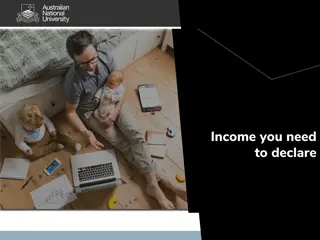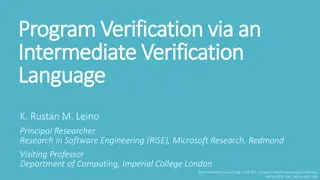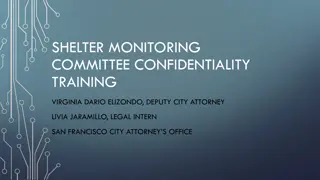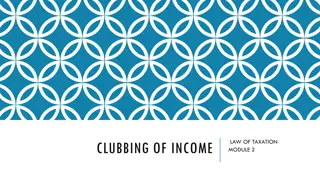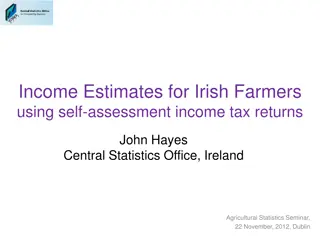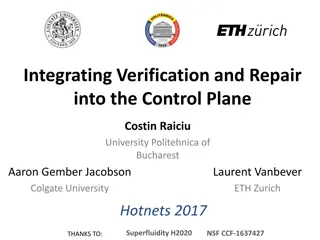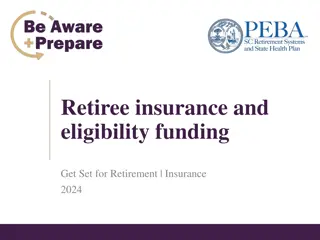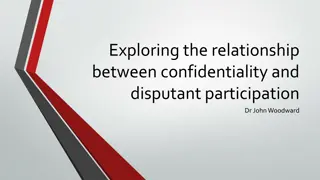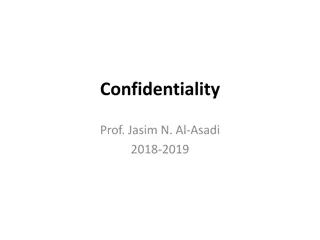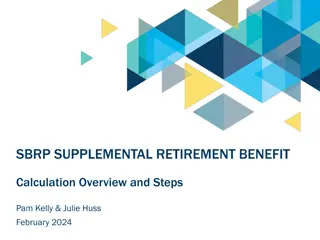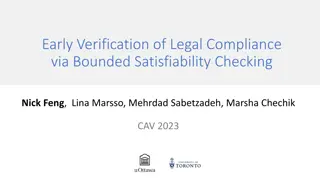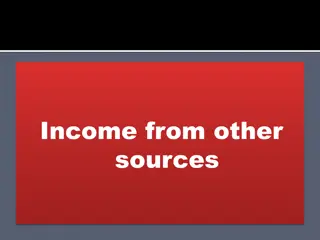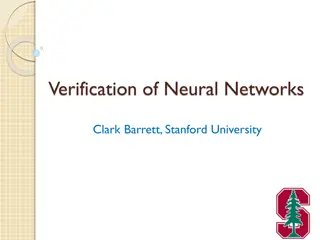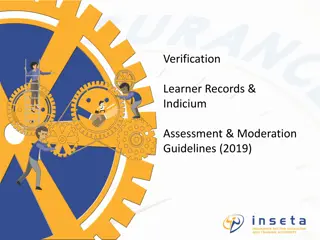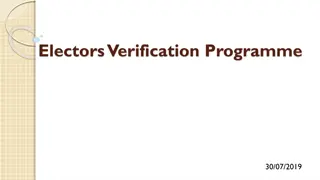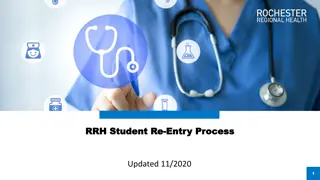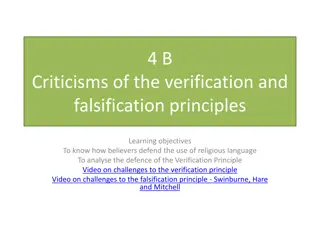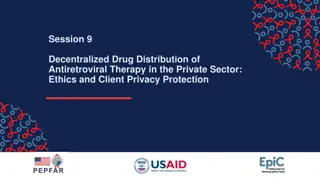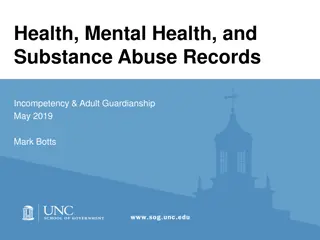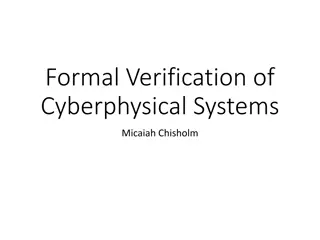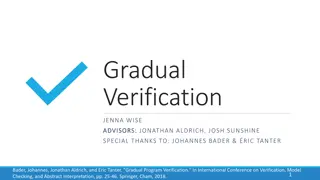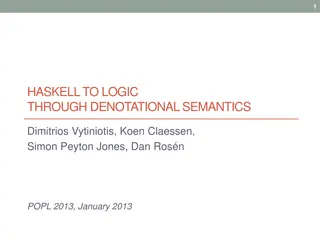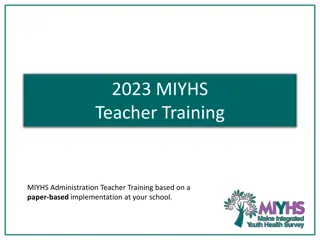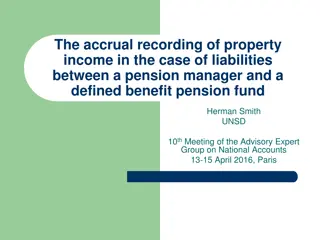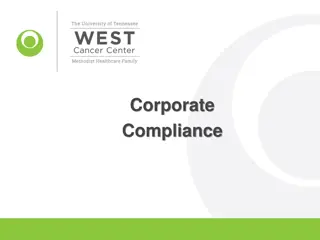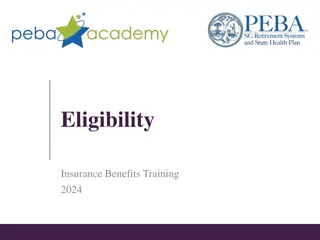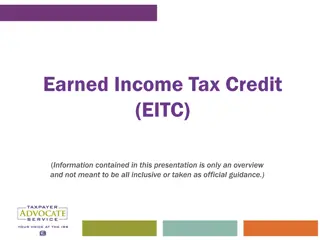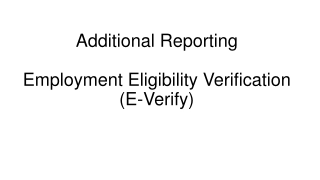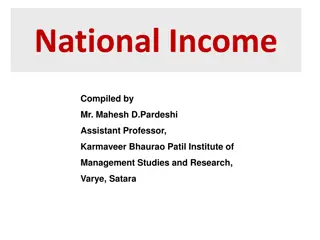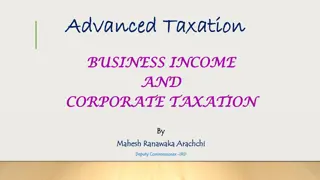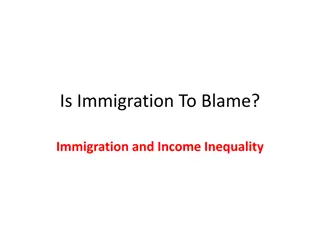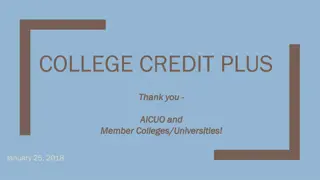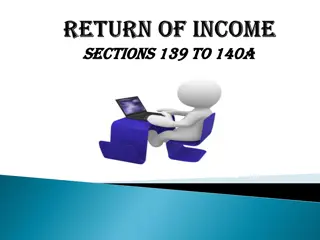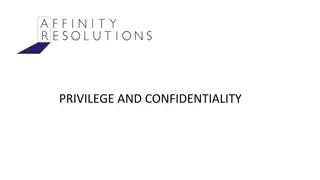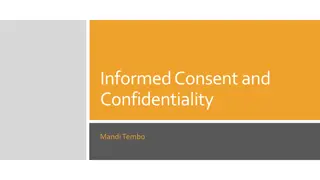Ensuring Confidentiality and Eligibility Compliance in Income Verification Process
When collecting personal information for income eligibility, maintaining confidentiality is crucial. This guide covers steps to ensure privacy, including handling household size, adjunctive eligibility, and requirements for pending eligibility. Learn about using the No Proof Form to document missing proofs and completing the form accurately.
Uploaded on Sep 24, 2024 | 0 Views
Download Presentation

Please find below an Image/Link to download the presentation.
The content on the website is provided AS IS for your information and personal use only. It may not be sold, licensed, or shared on other websites without obtaining consent from the author. Download presentation by click this link. If you encounter any issues during the download, it is possible that the publisher has removed the file from their server.
E N D
Presentation Transcript
Using The No Proof Form Income Eligibility 1
Confidentiality Some things are better kept private! It can be uncomfortable for participants to share the personal details of their household income and situation. Think about it: How does your clinic environment allow participants to share information comfortably? What do you do to help protect their privacy as you gather information to put into the data system? 2
Households with unborn to be counted Unborn Counted Include only those people in the household who have not been born (i.e. babies a pregnant women is carrying.) No. in Family Include only those people in the household who have already been born. Do not also count unborn in the No. in Family. TWIST adds both together to calculate household size. 3
3 Steps for checking adjunctive eligibility 1. Screen for adjunctive eligibility before you ask for proof of income. 2. If the participant can provide proof of adjunctive eligibility (e.g. OHP web portal), do not ask for additional proof of income. Put the proof of adjunctive eligibility in the proof field. 3. If adjunctively eligible, you must document reported income in TWIST (what they tell you). 1 2 3 4
Requirement for eligibility pending It s required! If someone does not have proof of residence, identity or income with them but can bring it later, mark Eligibility Pending . You must complete and have the participant sign the No Proof Form . In TWIST, document the missing proof by selecting No Proof Eligibility Pending . 5
No Proof Form Use in all situations where no proof is available. Eligibility Pending - the participant didn t have proof with them today, but can bring it back within 30 days. Special situations the participant doesn t have any proof due to a difficult situation and will not be able to bring it in (e.g. fire, homeless). This form is a signed declaration by the participant that they have provided us with the correct information. The form must be kept on file (perhaps with the Participant signature form). 6
Completing the form Step 1 Fill out one form for the family if they are being seen on one day. List the names of participants or caregivers whose proofs are missing. 7
Completing the form Step 2 Missing Proof Only complete the part(s) of the middle section of the form related to their missing proofs. 8
Completing the form Step 2 Missing Proof of Income Have the participant declare their household income and the interval they receive it. Check the I cannot provide proof of income box on the right for special situations where there is no proof available. Check the box on the left for eligibility pending. Check the box that best describes the reason they do not have proof available. Make sure the participant knows the date they should return and what they need to bring back. If you check other, describe the reason. 9
Completing the form Step 2 Missing Proof of Income Remember you need to complete this form if the reason they cannot provide proof of income is because they have zero income, are paid in cash, or are a migrant farm worker. 10
Completing the form Step 2 Missing Proof of Residence Have the participant declare their current address. Check the I cannot provide proof of address box on the right for special situations where there is no proof available. Check the box on the left for eligibility pending. Check the box that best describes the reason they do not have proof available. Make sure the participant knows the date they should return and what they need to bring back. If you check other, describe the reason. 11
Completing the form Step 2 Missing Proof of Identity Check the box on the left for eligibility pending and list those that need proof of identity. Check the I cannot provide proof of identity box on the right for special situations where there is no proof available. Make sure the participant knows the date they should return and what they need to bring back. Check the box that best describes the reason they do not have proof available. If you check other, describe the reason. 12
Completing the form Step 3 You can fill out the form, but make sure you explain what the person is signing before you ask them to sign the form. A WIC staff member must sign and date the form as a witness. 13
How can you make sure they come back in 30 days? Using a reminder form might help ensure participants bring back proofs before they are termed. The state provides 2 options. One lists the options for types of proof (57-632). The other has places to specify what to bring back and to put a return date (57- 634). Consider options for having participants FAX or email copies of proofs. 14
Thank you for making WIC sparkle! It s all the little things you do everyday that make WIC work. 15



